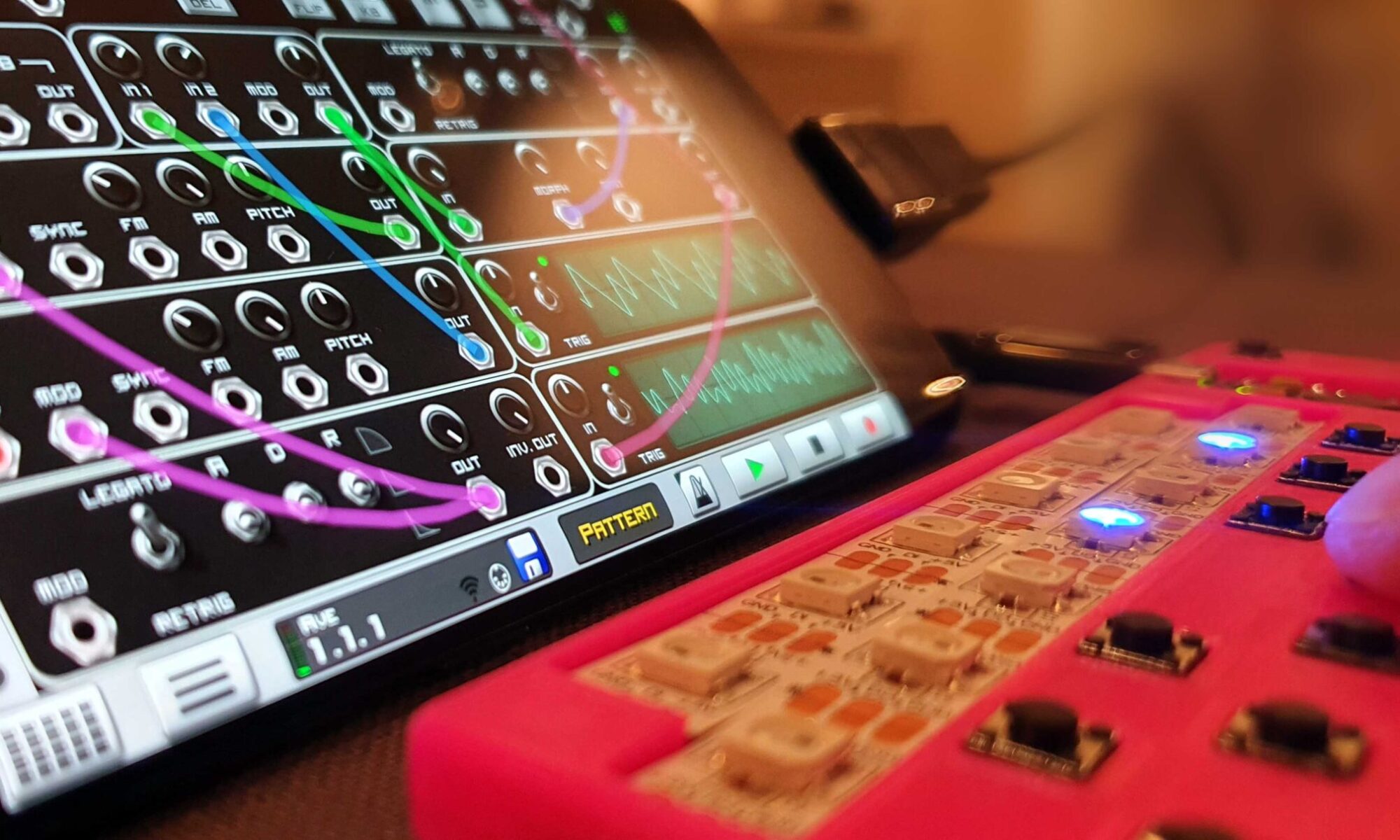3DPCBoy is a cute handheld Arduboy compatible gaming device that cost around $10, is easy to build and fun to play with. You do not need to order/etch or mill a custom PCB – since it is using a 3D Printed Circuit Board.
Developing 3DPCB – 3D Printed Circuit Board with lots of potential.
Integrate electronics, circuit board and casing into one 3D printed part that can be replicated – easy, quick and cheap.
Foldable 3D printed Arduino case
A snug Arduino case – printed flat and then folded around the Arduino. The result is a fast print and yet a stable design from a single part.
My First Brainfuck computer
An ultra-small and low cost programmable computer for the masses
Low cost microscope powered by USB
You can get a decent SMD stereo microscope for just 60$!
I added external power so I don’t need to change the batteries.
Nanino – the DIY friendly Arduino
A minimalistic single sided Arduino compatible development board that is easy to make.
Bringing a 12 year old Roland MDX-20 up to date
How to add: USB connection, FTDI drivers and a new postprocessor to a low cost CNC mill (Roland MDX-15 / MDX-20).
Miniature USB to serial PCB
Build a small FT232 USB to serial adapter that fits directly in the USB port.
Ultimate PIC16F628/627 breakout board
A miniature breakout board for rapid development of microprocessor projects.
Web controlled home automation
How to build a web controlled home automation center.
This post describes the software used with the miniature router (OpenWrt), the PIC 16F628 lab board, the serial communication and radio protocol.











